PROTECT YOUR DNA WITH QUANTUM TECHNOLOGY
Orgo-Life the new way to the future Advertising by AdpathwayI can hardly wait for that first breath of fall air that brings cooler weather and a new season in the garden. Late summer can be a difficult time in the garden, as temperatures reach their peak, and humidity commonly follows. In the fall, it’s once again a pleasant time to be outdoors tending to your favorite spaces.
By the end of summer, my garden is typically overgrown. It also has its fair share of pests and diseases to contend with. Those hot weeks make me want to stay indoors, and that doesn’t do much to keep the garden looking nice.
Transitioning your garden from summer to fall is a great opportunity to refresh the landscape. It’s a good time for planting new shrubs and trees, and getting things in order for the cooler months ahead.
Let’s take a look at some steps you can take to take your garden from summer to fall with ease.
Organic Garden Straw
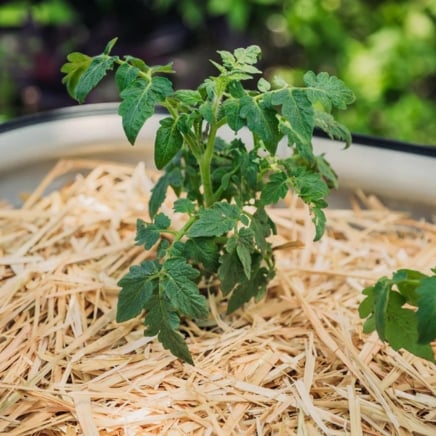
Epic Organic Garden Straw

Urban Worm Company Worm Castings

Clean Up Summer Plants
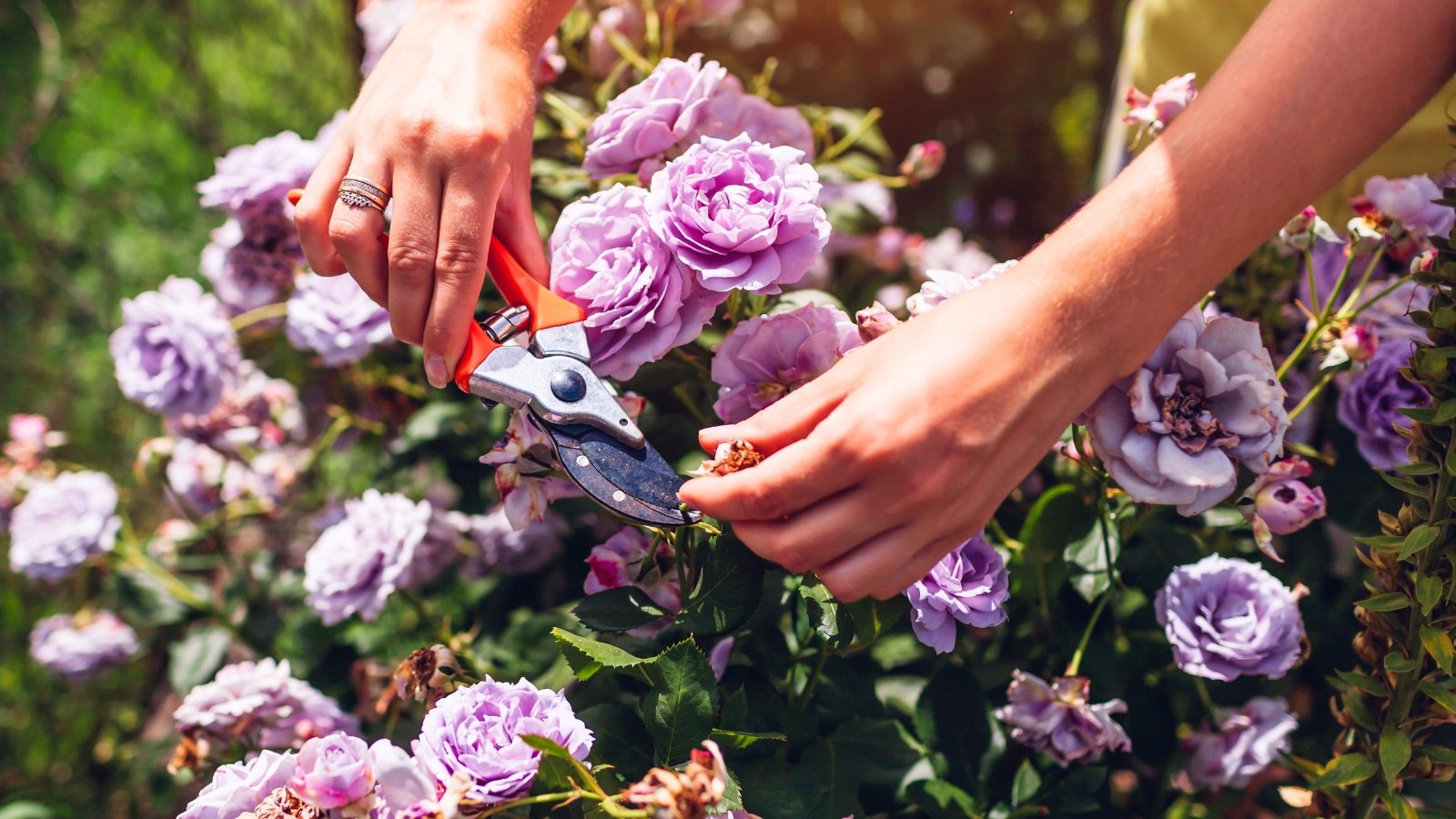 Clearing out tired plants sets the stage beautifully.
Clearing out tired plants sets the stage beautifully.Cleaning up summer plants as you transition from summer to fall keeps your garden healthy. It makes things tidy and ready for the next season. It also allows you to see where you have space for planting new things, and who doesn’t love that?
Start by removing spent annuals that have finished blooming or begun to decline. They don’t look nice, and it’s not going to get any better. If they’re disease-free, you can compost these. Avoid composting fungal or bacterial pathogens, as they can spread this way.
For perennials, deadhead spent flowers to straighten up the appearance and encourage any late blooming. Trim up any foliage that is yellowing or damaged. Don’t perform a full pruning of most plants because it encourages new growth. Make sure to leave healthy green leaves on plants that are still actively growing or storing energy for winter.
Be selective about your work, don’t clean too thoroughly. Leaving some seed heads, like those on coneflowers or black-eyed Susans, provides food for birds. Avoid cutting back everything; some stems and leaf litter offer valuable shelter for overwintering pollinators and beneficial insects.
Also, take this opportunity to weed and divide or transplant crowded plants. A balanced fall cleanup not only keeps the garden looking fresh, but it also supports a healthy ecosystem in the colder months.
Plant Fall Crops and Flowers
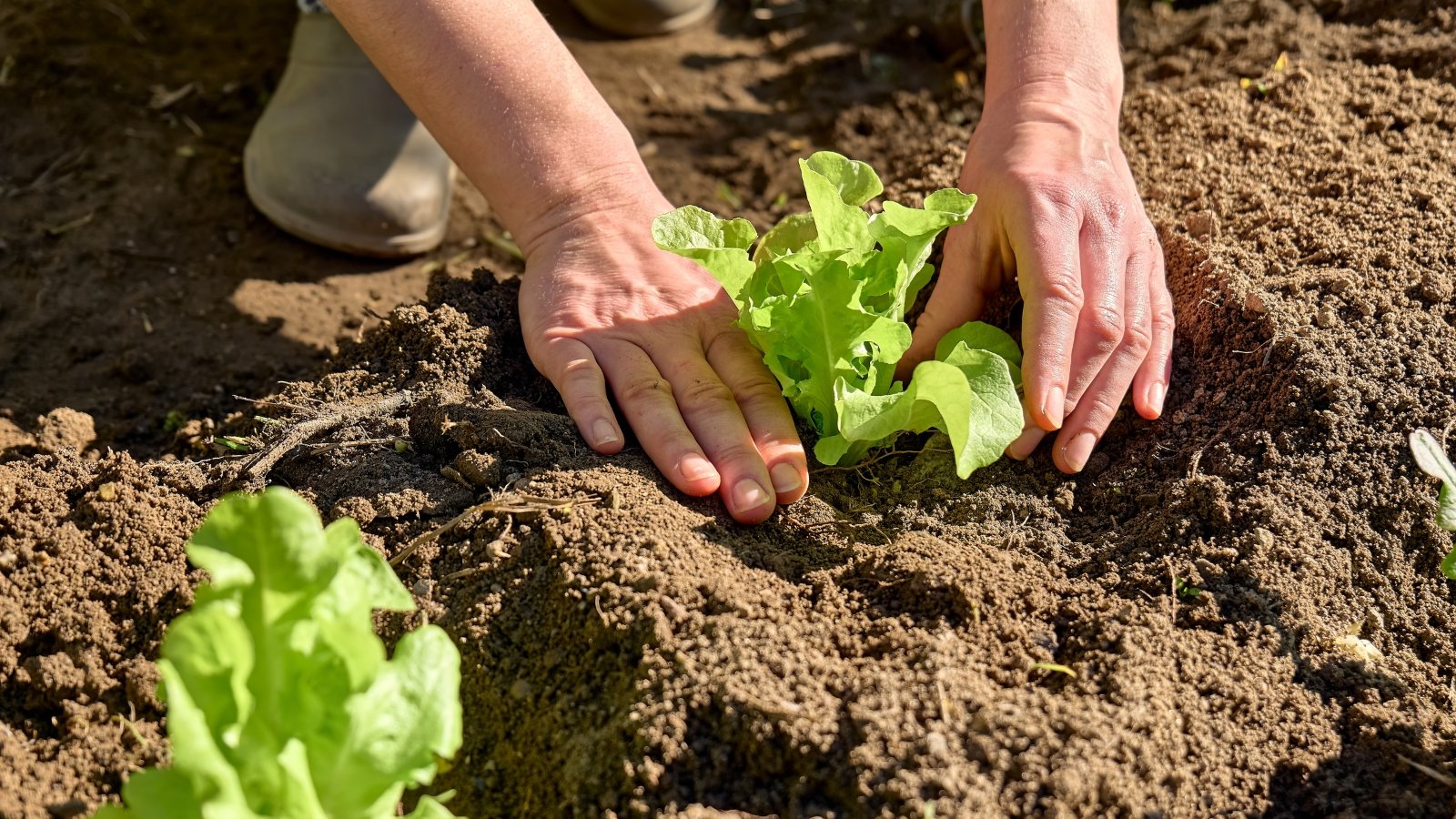 Time to swap sun lovers for leafy growers.
Time to swap sun lovers for leafy growers.Most, if not all, of your summer crops are likely to be winding down by the end of summer. It’s time to remove these and prepare for your cool-season vegetables to switch from a summer to fall garden.
Flowers are important now, too. They are especially important to pollinators because food for them is scarce this time of year.
There are different theories on whether it’s better to pull out your plants or leave the roots and cut off the tops. Leaving them in the garden is helpful in building up the soil structure and reducing erosion. Pulling them loosens the soil for the formation of new roots.
If you haven’t already, you should start seeds for your cool-season vegetables and flowers. If you prefer to use nursery starts, go ahead and get those in the ground as soon as possible. You want to give them the full season.
Attend to Pests and Diseases
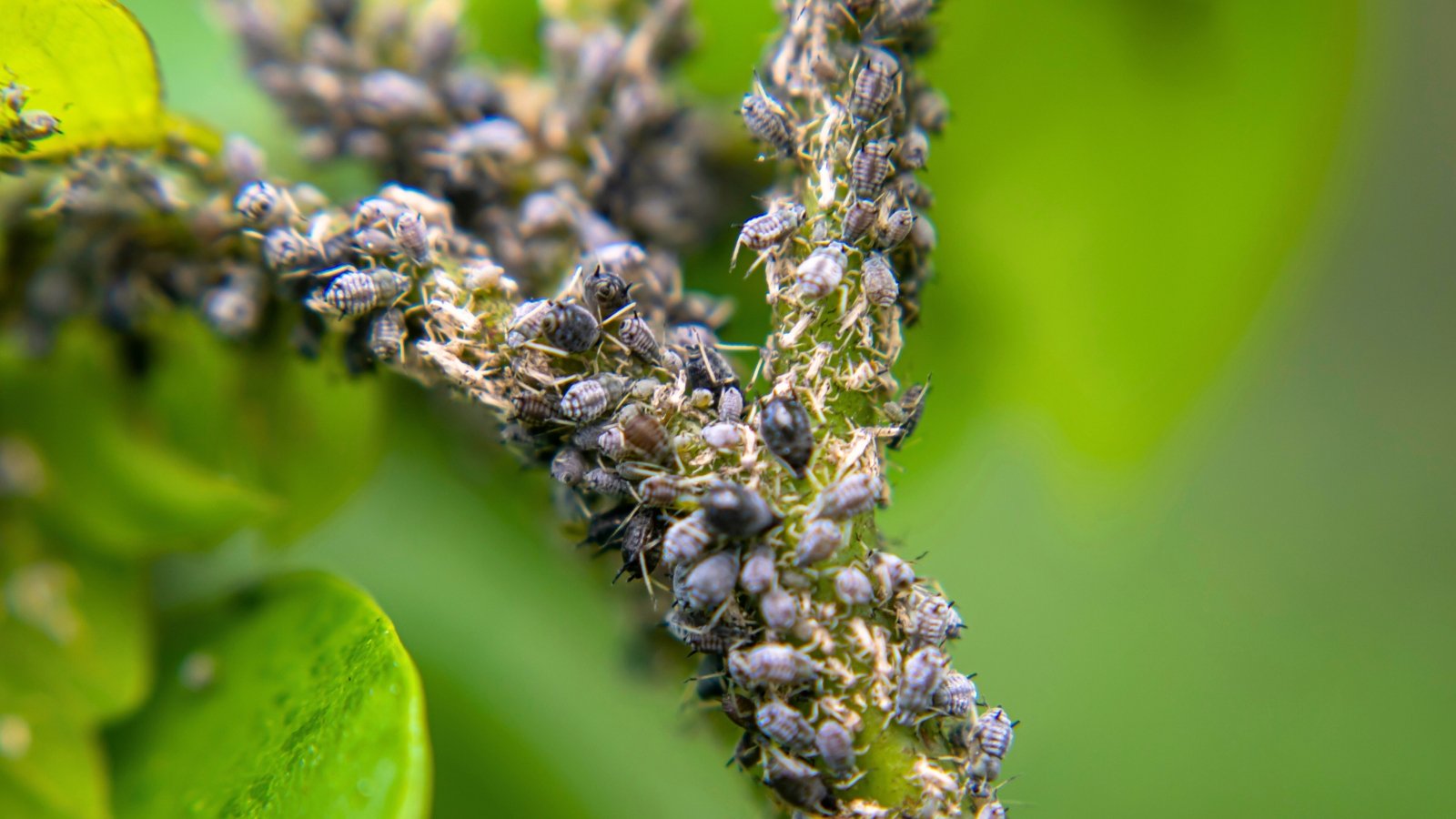 Curling leaves usually mean bugs are hiding underneath.
Curling leaves usually mean bugs are hiding underneath.Tending to pests and diseases is vital to preparing for the transition from summer to fall in the garden. Warm, humid weather, along with dense plant growth, can lead to an increase in fungal diseases. Diseases like powdery mildew, downy mildew, leaf spot, and blight may rear their heads.
Remove infected leaves and dispose of them. Don’t add these to your compost, as you can spread them this way. Improve air circulation by thinning out overcrowded plants. As always, avoid overhead watering to reduce moisture on foliage.
If needed, apply organic fungicides like neem oil or copper-based sprays. But reserve these as a last resort. Ideally, apply any chemicals in the evening when pollinators are less active. The fewer chemicals you use, the more welcoming your garden is to beneficial insects and other wildlife.
Late summer is also a peak time for pests such as aphids, spider mites, whiteflies, caterpillars, and thrips. Keep an eye on the undersides of leaves and new growth where pests often hide. Examine stems and look for damage to foliage. Curling and misshapen leaves are typically a sign of insect infestation.
There are a handful of solutions to eradicating or controlling pest populations. You can use a strong spray of water to dislodge soft-bodied insects, but this doesn’t always do the trick. I prefer to attract beneficial predators like ladybugs or lacewings with the inclusion of diverse flowering plants. In severe cases, apply insecticidal soap or horticultural oil.
As the season winds down, removing heavily infested or declining plants can break the life cycle of pests. This helps to reduce problems next year. Staying proactive now helps your garden finish strong and sets the stage for a healthier start in spring.
Mulch and Amend Soil
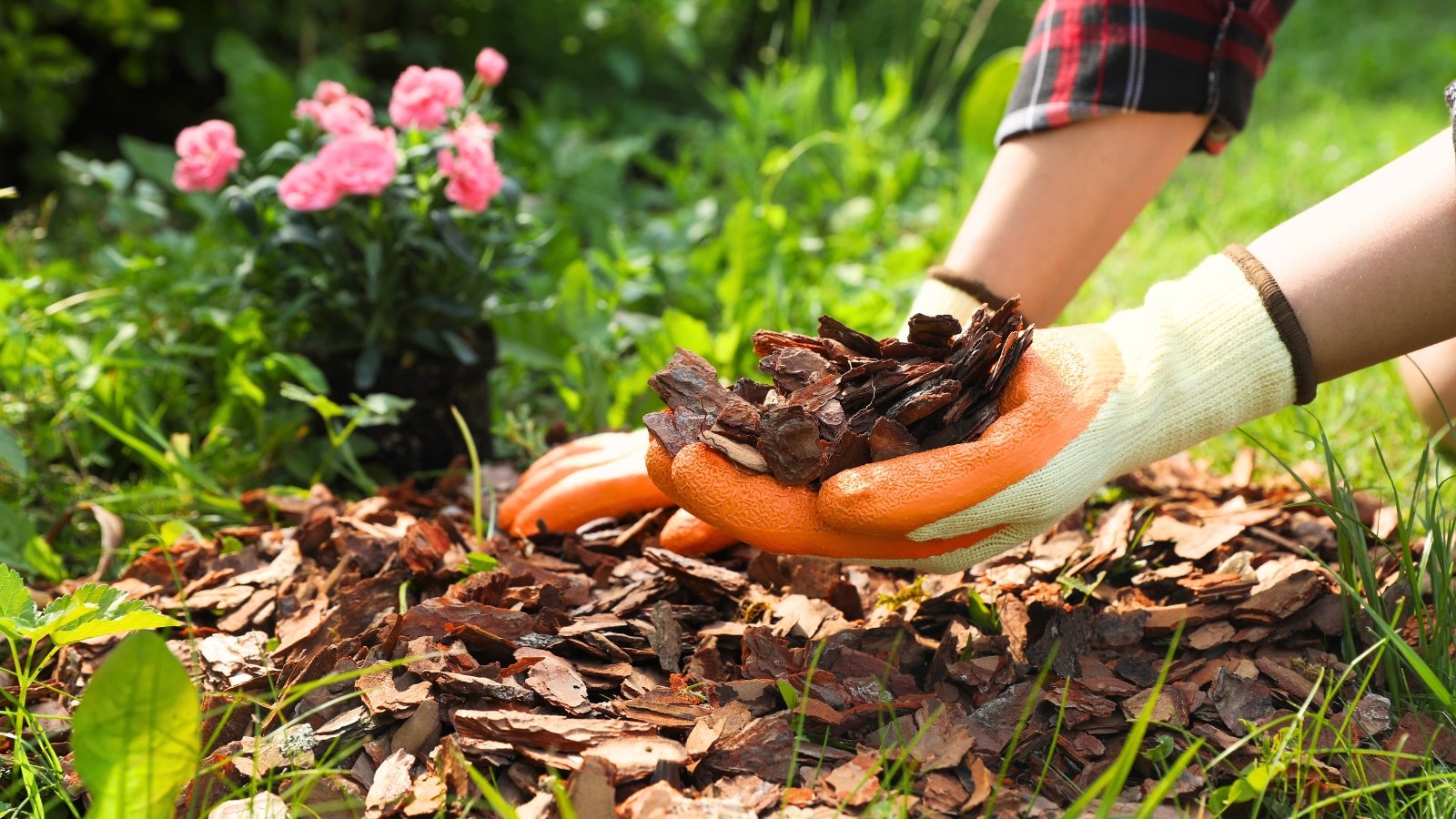 Mulch now to lock in moisture and warmth.
Mulch now to lock in moisture and warmth.Another essential step in transitioning gardens from summer to fall is mulching and amending your soil. After cleaning up spent summer plants and weeds, applying a fresh layer of mulch helps conserve moisture. It suppresses late-season weeds and regulates soil temperature as nights cool down.
Consider using organic mulches like shredded leaves, straw, pine bark, or composted wood chips. These will break down gradually and improve the structure of the soil over time. Be sure to keep mulch a few inches away from plant stems and trunks to prevent rot and discourage pests.
This is also an ideal time to amend the soil with organic matter to replenish nutrients. Many summer crops are heavy feeders. All the rapid growth of summer uses up nutrients in the soil, which can leave it lacking. Work in compost, well-rotted manure, or leaf mold to boost fertility and microbial activity.
If you’ve pulled out summer crops or flowers, it’s always a good idea to test your soil. Then you can adjust pH or nutrient levels as needed. Adding amendments now gives them time to integrate into the soil before fall crops go in or before you plant spring-blooming bulbs.
Healthy, nourished soil in late summer sets the foundation for stronger plants. This is what creates a more resilient and bountiful garden next season.

Order Fall-Planted Bulbs
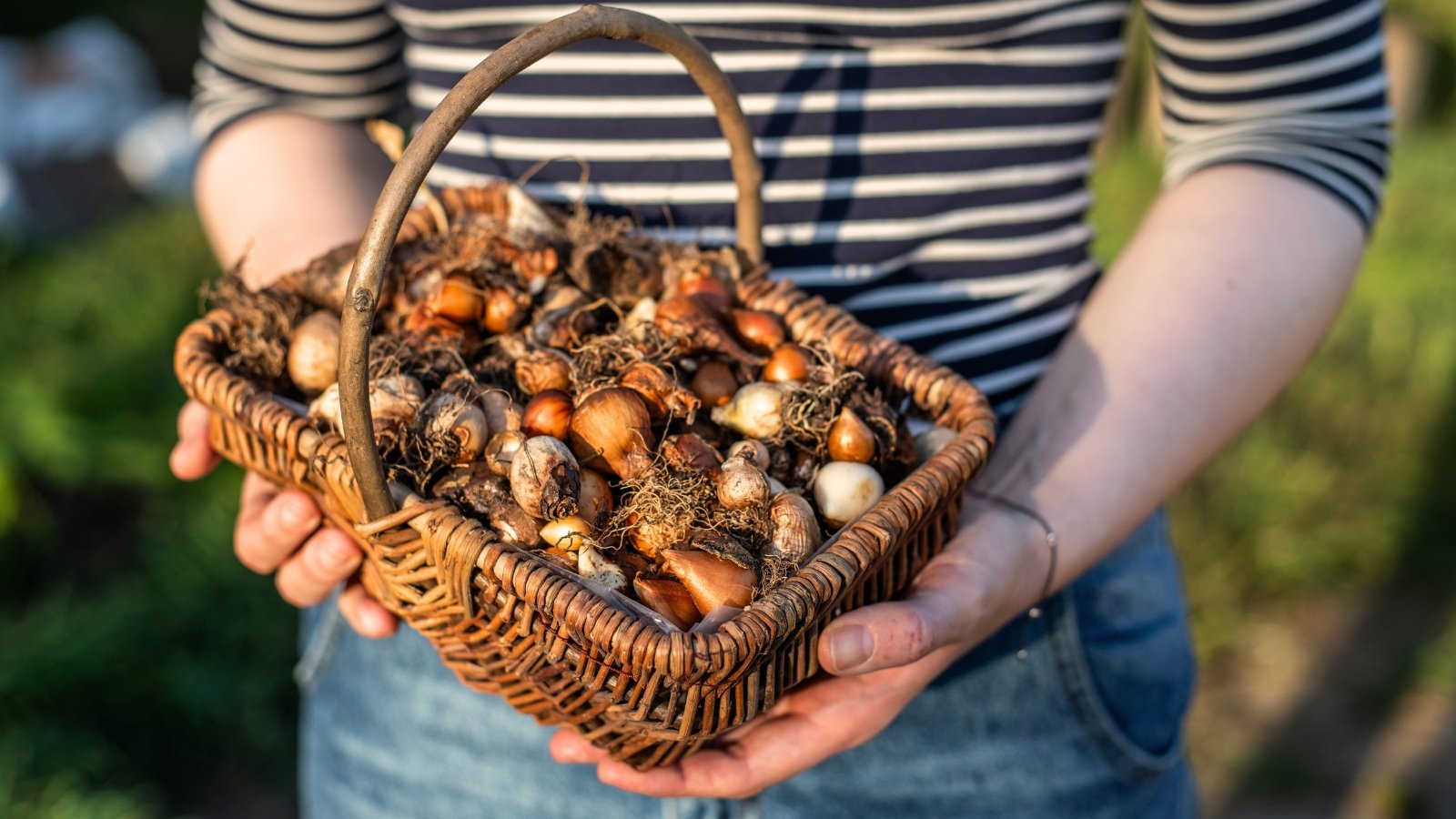 Get bulbs in before frost locks the ground.
Get bulbs in before frost locks the ground.Many of the spring flowers we love grow from bulbs. Tulips, daffodils, and hyacinths are in this group, among others. Because those bulbs need a period of cold weather to perform well, now is the time to think about them.
You need to get your bulbs and corms in the ground before the ground freezes. Ideally, they should have a bit of time to establish roots before a hard freeze. Planting time varies from one region to another, but in general, they should go in the ground when the soil reaches about 50°F (10°C).
As you make this transition from summer to fall in the garden, it’s a good time to start shopping for them. You want to have them waiting for you when the time comes. This way, you avoid waiting too long and missing your window.
Support Pollinators
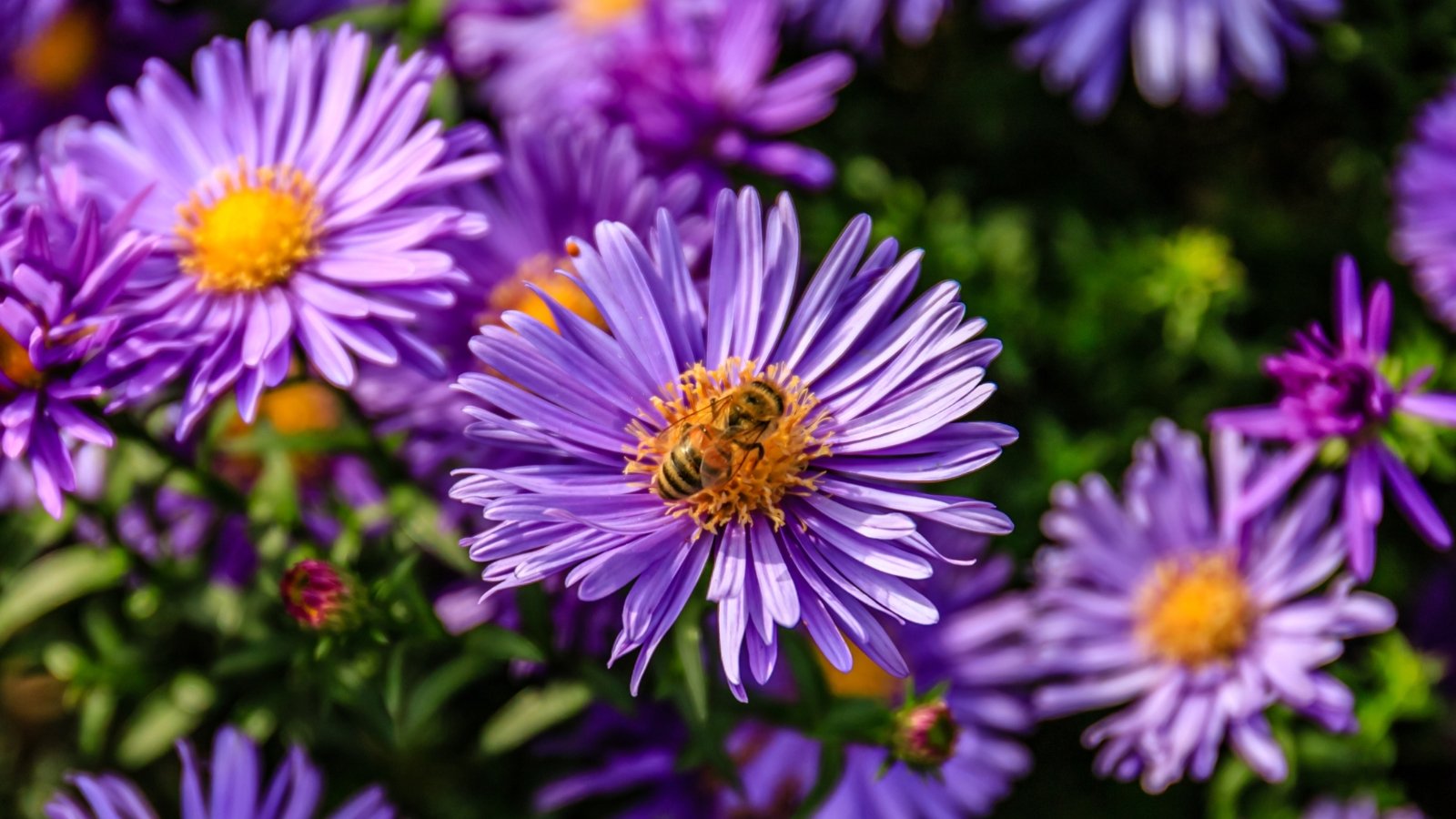 Fall flowers fuel that last migration push.
Fall flowers fuel that last migration push.Another important task in transitioning the garden from summer to fall is pollinator support. This is every bit as important as supporting them in spring and summer, maybe even more so. As the growing season wanes, so do their food sources.
Many pollinators are preparing for hibernation or migration. There is one final cycle of reproduction that needs to happen in most cases. You can facilitate this by providing fall-blooming flowers to produce nectar and pollen.
Offer pollinators shelter for the coming season by leaving some areas of the garden a bit undone. Leave some leaf litter in piles around the yard, rather than bagging and disposing of it.
Avoid mulching in some bare spots around the yard for ground-nesting bees. As the season goes on, leave some perennials standing, as many beneficial insects hibernate in hollow stems.
This is a great time to plant flowering shrubs, trees, and perennials for next year. Choose native plants if you want to support those pollinators. These will provide the greatest amount of food with the least amount of effort.
Most of all, avoid using chemicals as much as possible. If you can keep your garden chemical-free, you will contribute significantly to the preservation of pollinators.
Perform Maintenance on Tools and Infrastructure
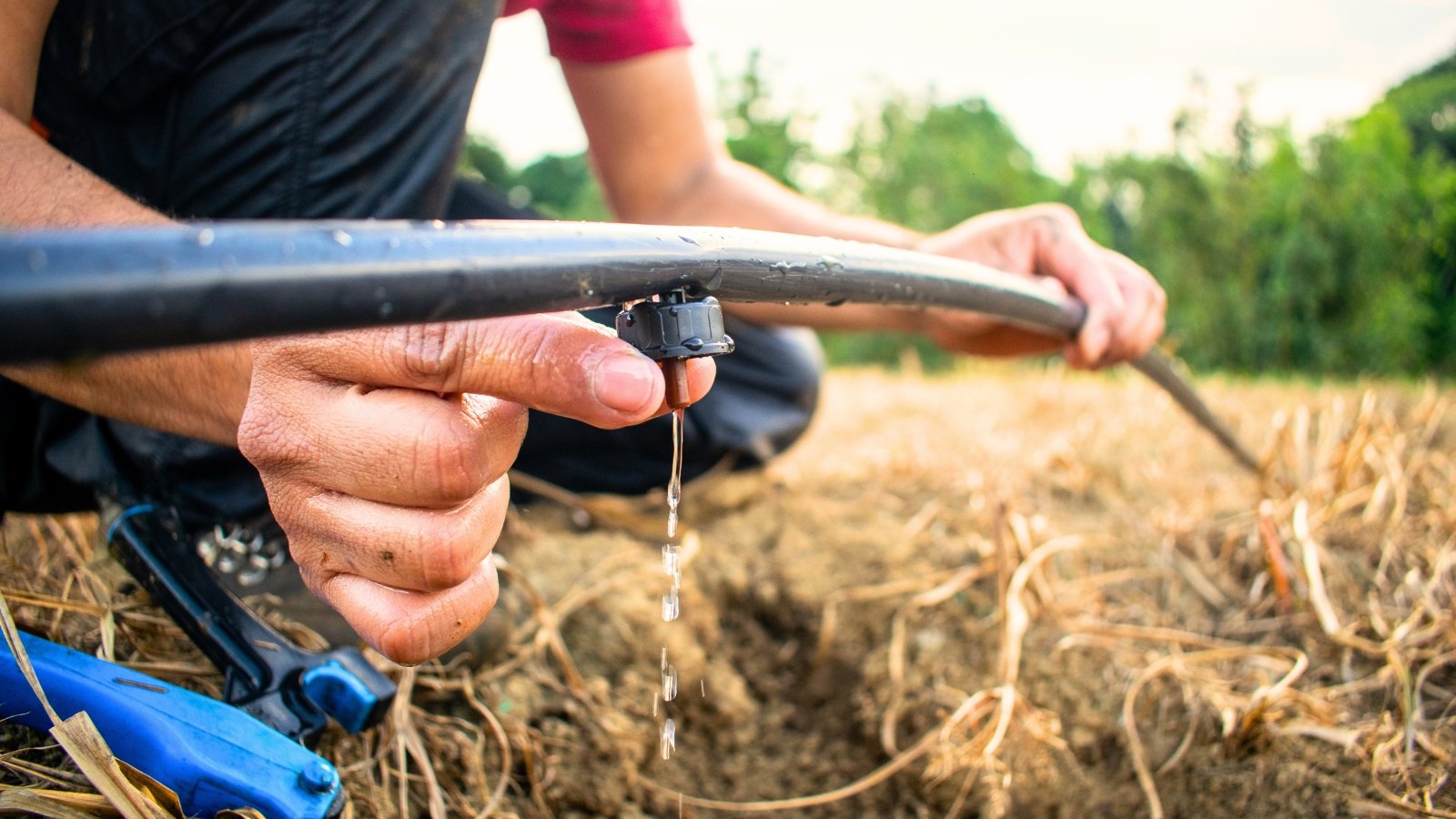 Fix leaky hoses before frost makes it harder.
Fix leaky hoses before frost makes it harder.Performing maintenance on your garden infrastructure and tools in late summer or early fall is a smart way to prepare for the coming seasons. It will extend the life of your tools, beds, irrigation systems, and structures.
With the garden starting to wind down and the weather cooling off, this is the perfect time to assess, repair, and improve. Check out all the physical elements that support your plants and gardening activities.
Make sure that irrigation systems are functioning as intended, and replace any missing or damaged parts. Check on raised beds to determine if you’ll be needing to add those to your holiday wishlist.
Inspect fences, sheds, and greenhouses for structural integrity. By tending to these things now, you have a better chance of getting through the winter without issues. As an added bonus, it will save you time and effort in the spring when you would rather be planting new things!


 7 hours ago
4
7 hours ago
4


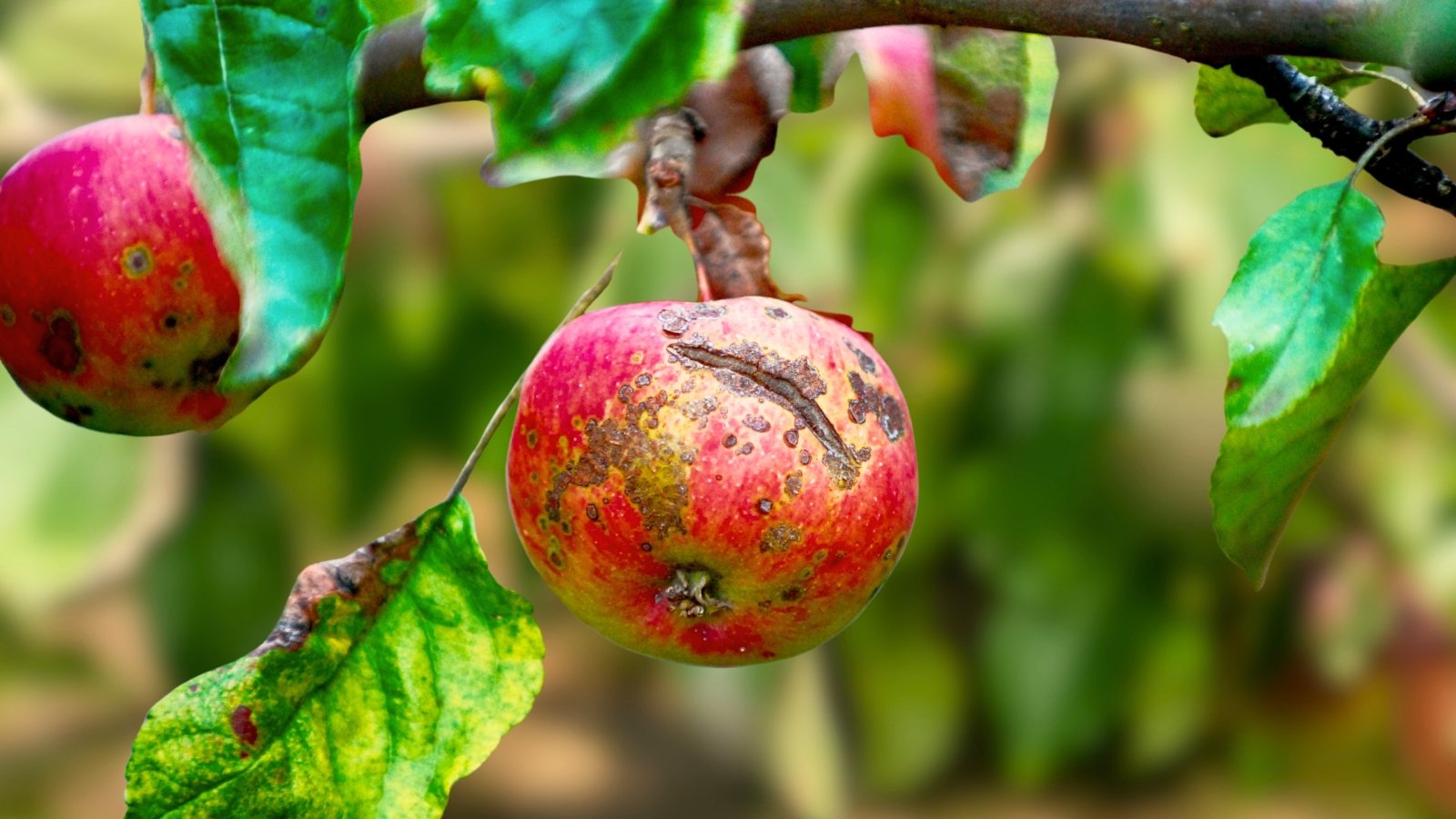
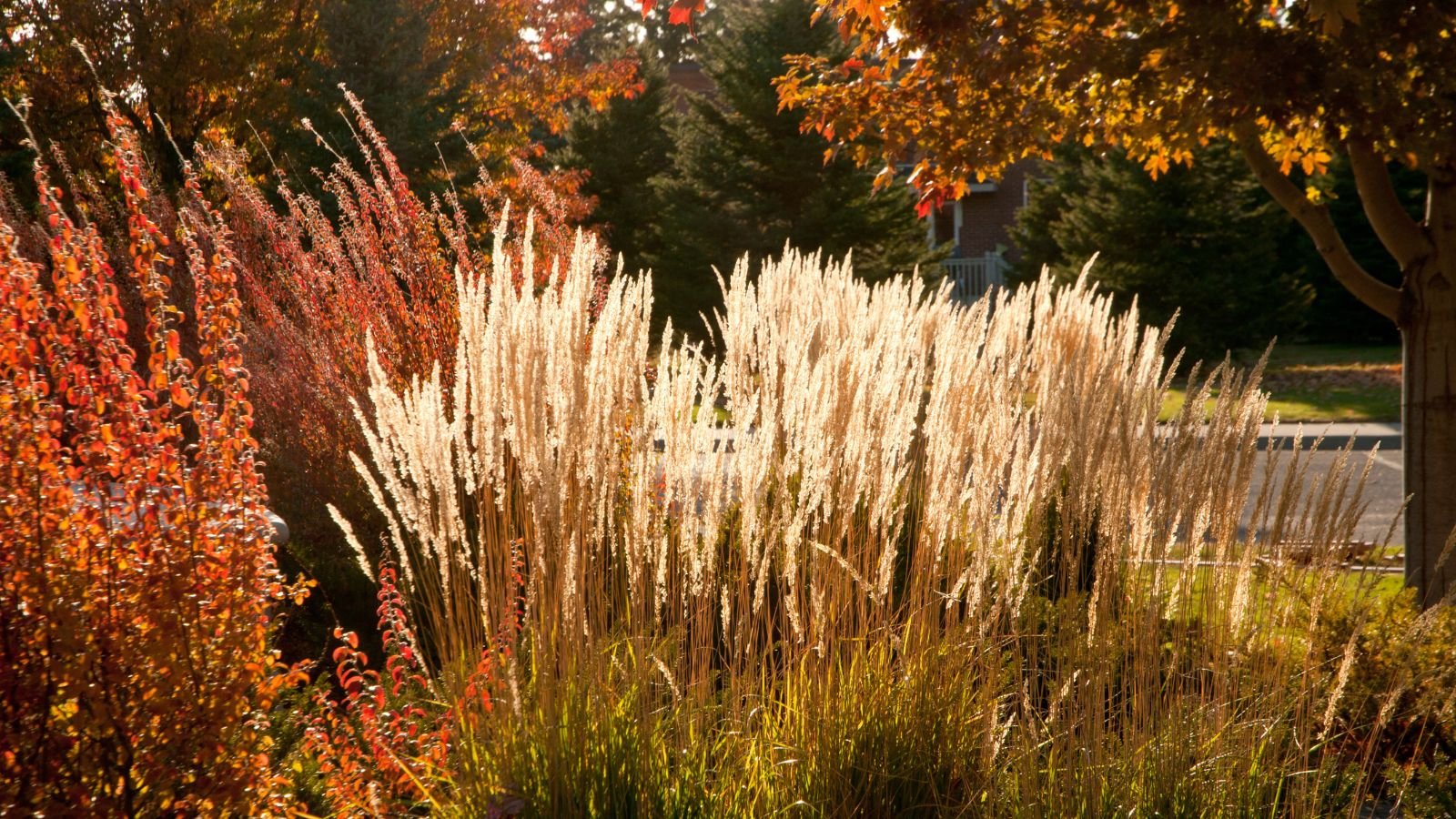

















 English (US) ·
English (US) ·  French (CA) ·
French (CA) ·